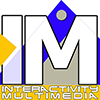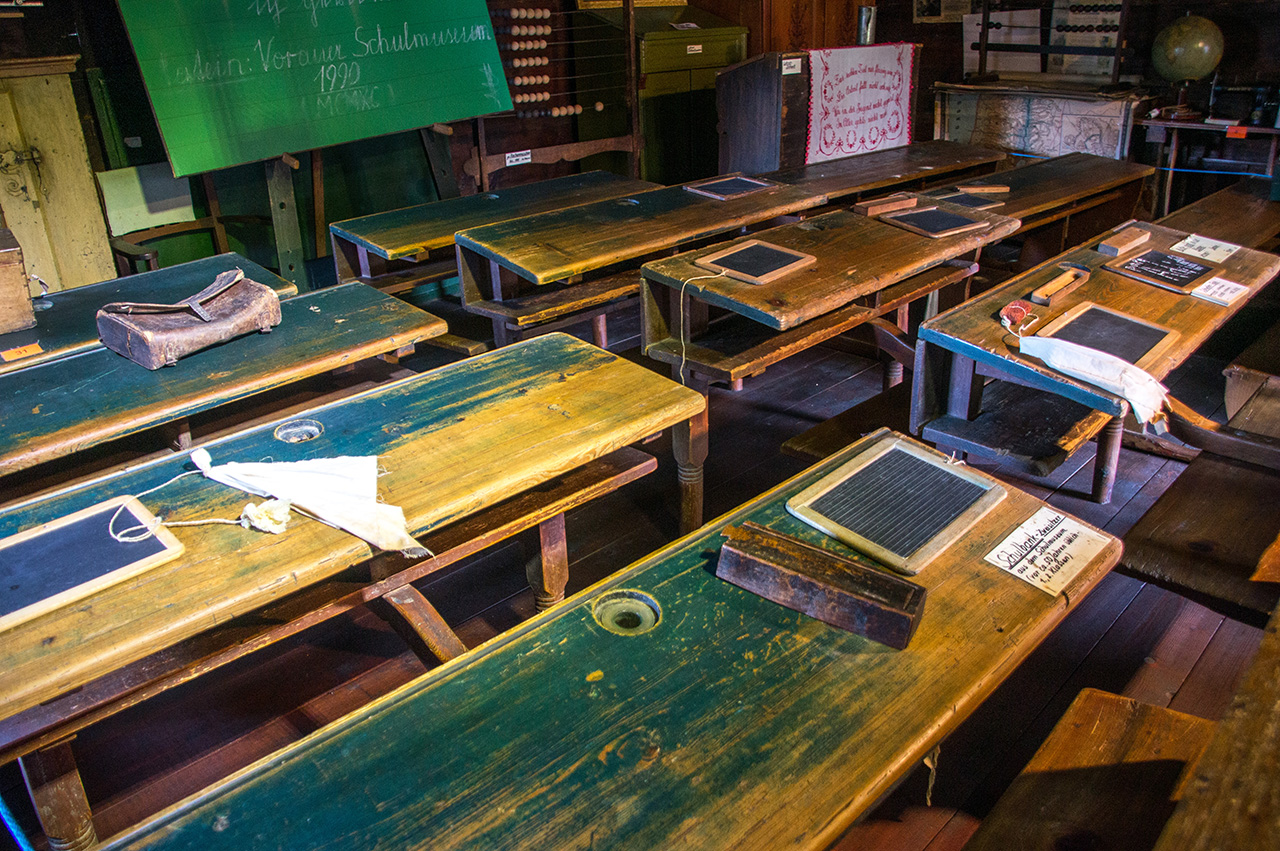Contents
Traditional learning in a classroom setting often evokes images of a time before the advent of technology reshaped the educational landscape. The teacher, as the main fount of knowledge, would stand at the front of the room, often using a chalkboard to illustrate and emphasize key points. Pupils would sit attentively at their desks, notebooks and pencils in hand, soaking in information primarily through listening and note-taking, a stark contrast to today’s more interactive and tech-driven methods. Multimedia and technology did not exist.
Historically, education was primarily ex-cathedra: the teacher, deemed the sole expert, stood at the helm of the classroom, disseminating information. Students passively received this knowledge, their role largely restricted to listening, memorizing, and regurgitating information. However, as educational research began to highlight the limitations of this model—chiefly, that it often failed to promote critical thinking, problem-solving, and deeper understanding—the need for a more dynamic, interactive system became evident.
In a 2020 school class, amidst the backdrop of evolving pedagogies and technological integration, the physical setup still often resembled older models with rows of desks facing a teacher’s desk and a digital or whiteboard. However, despite the traditional layout, teaching methodologies might have seen a shift towards a more learner-centered approach. This means, while the teacher still provided direction from the front of the room, there was an increased emphasis on student participation, group discussions, and hands-on activities. Digital devices, like laptops or tablets, often had a place on the students’ desks, bridging the old with the new, ensuring that learning remained relevant and engaging in the modern era.

School Class 2020 – Apparently little has changed in the system, even though the tables have become more modern.
Learner centered approach – enter learner-centered education.
At its core, this approach posits that learners are active participants in their own education. Instead of being mere recipients of knowledge, they are encouraged to actively construct, challenge, and apply knowledge in diverse contexts. The teacher’s role morphs from a “sage on the stage” to a “guide on the side”, facilitating, mentoring, and scaffolding students’ learning journeys. This model has proven advantageous in several ways:
- Depth Over Breadth
Rather than superficially covering vast amounts of content, the emphasis is on diving deep, fostering understanding, and encouraging students to apply their knowledge in novel situations. - Skill Development
Learner-centered environments place a premium on skill development, be it critical thinking, communication, collaboration, or creativity, equipping students with tools they’ll use throughout their lives. - Increased Engagement
Active learning techniques, which are integral to this approach, have shown to increase student motivation, interest, and retention of content.
The rise of technology in education has supercharged this transition. With the digital revolution, a quantum leap in the learning process was observed. Platforms capable of personalizing learning experiences, offering interactive simulations, and providing instant feedback emerged. Technology has enabled students to learn at their own pace, revisit challenging concepts, and access resources from around the globe. Furthermore, platforms like online forums, collaborative documents, and virtual classrooms promote peer learning and make geographical boundaries obsolete.
Technology-Enabled Active Learning in a Learner-Centered Environment
The essence of a learner-centered environment is to pivot the focus of education from a one-size-fits-all model to one that recognizes, values, and caters to the unique needs, interests, and abilities of every individual. This approach acknowledges that learning is not a passive act of information consumption, but rather an active process of discovery, exploration, and application. In this context, technology, particularly through the use of multiple devices and multimedia-based content, plays a pivotal role in enriching and facilitating the learning experience.

Adults in an active learning situation: Using multiple devices, practising collaborative learning and working actively in their learning process.
Diversity in Access
With multiple devices—be it laptops, tablets, smartphones, or even smartwatches—learning is no longer confined to a specific location or time. Learners can access content at their own pace and convenience, making education truly ubiquitous. This flexibility is especially crucial for adult learners, who often juggle multiple responsibilities, such as work, family, and personal pursuits.
Multimedia and Rich Content
Multimedia content, which combines text, images, audio, and video, appeals to different learning styles. While some may find visual aids more effective, others might benefit from auditory content. By providing information in diverse formats, multimedia ensures a wider reach and facilitates better understanding and retention. For instance, a complex scientific concept can be explained using an animated video, making it both comprehensible and engaging.
Interactivity and Engagement
One of the hallmarks of technology-enabled active learning is interactivity. Whether it’s through gamified content, quizzes, simulations, or virtual labs, interactive tools make learning dynamic. They challenge learners, solicit their feedback, and offer tailored responses, thus transforming learning from a monologue to a dialogue. This heightened engagement can be particularly beneficial for concepts that are inherently challenging or perceived as mundane.
The Universal Appeal of Multimedia
Multimedia’s magnetic allure is not confined to any age bracket. From children to adults, the sensory richness of multimedia content captivates audiences. This is largely because multimedia mirrors the real-world stimuli we constantly encounter and process. It presents information in bite-sized, digestible chunks, making learning less intimidating and more enjoyable. For adults, who might be returning to a learning environment after a hiatus, multimedia can alleviate the potential anxiety associated with traditional learning methods, offering a more relaxed and intuitive experience.
Technology-enabled active learning in a learner-centered environment recognizes and leverages the cognitive, sensory, and emotional facets of learning. By implementing multimedia-based content across Multiple Devices, it caters to diverse learning preferences, fosters more profound engagement, and makes education more accessible and appealing. Whether young or old, the magnetic pull of multimedia ensures that learners not only consume content but truly immerse themselves in it, making the learning journey both enjoyable and effective.
Views: 9

